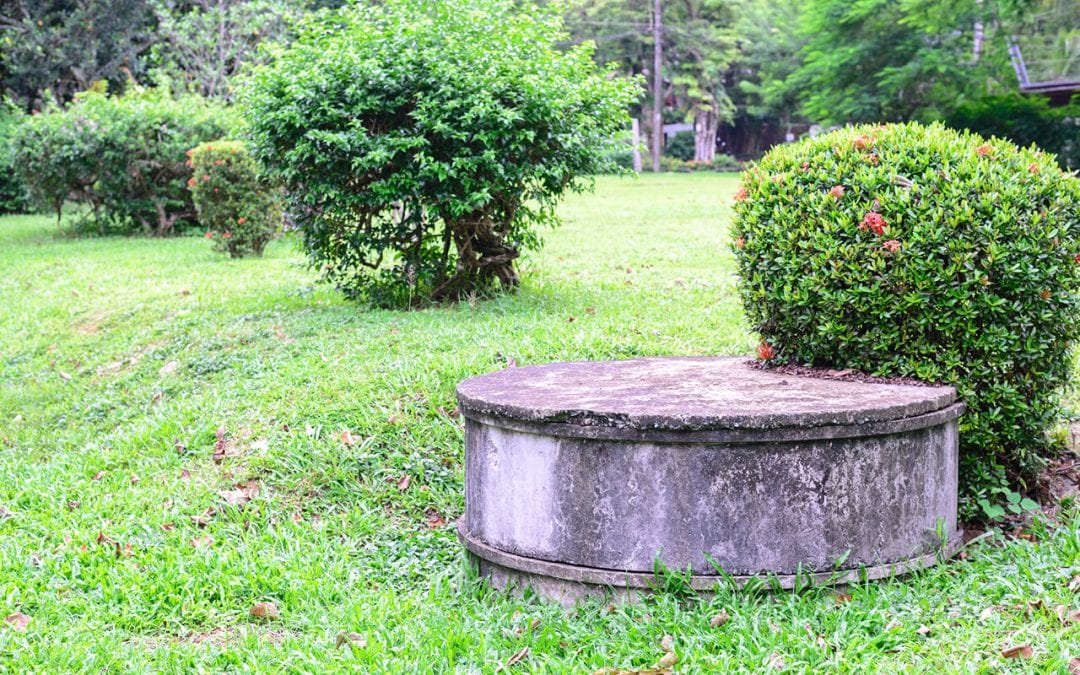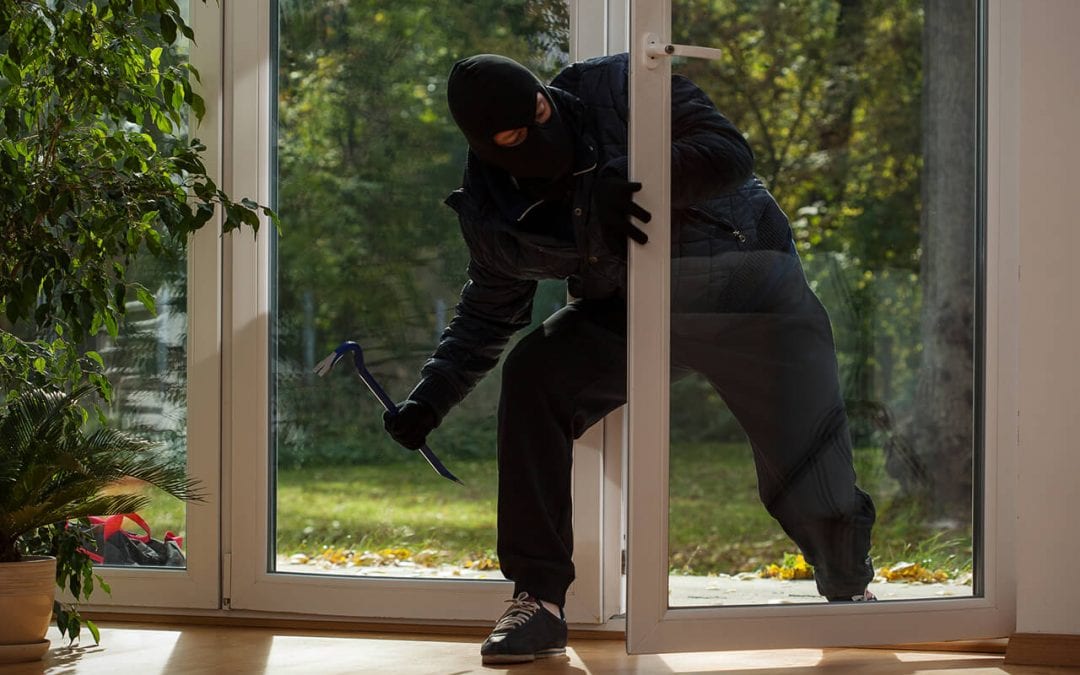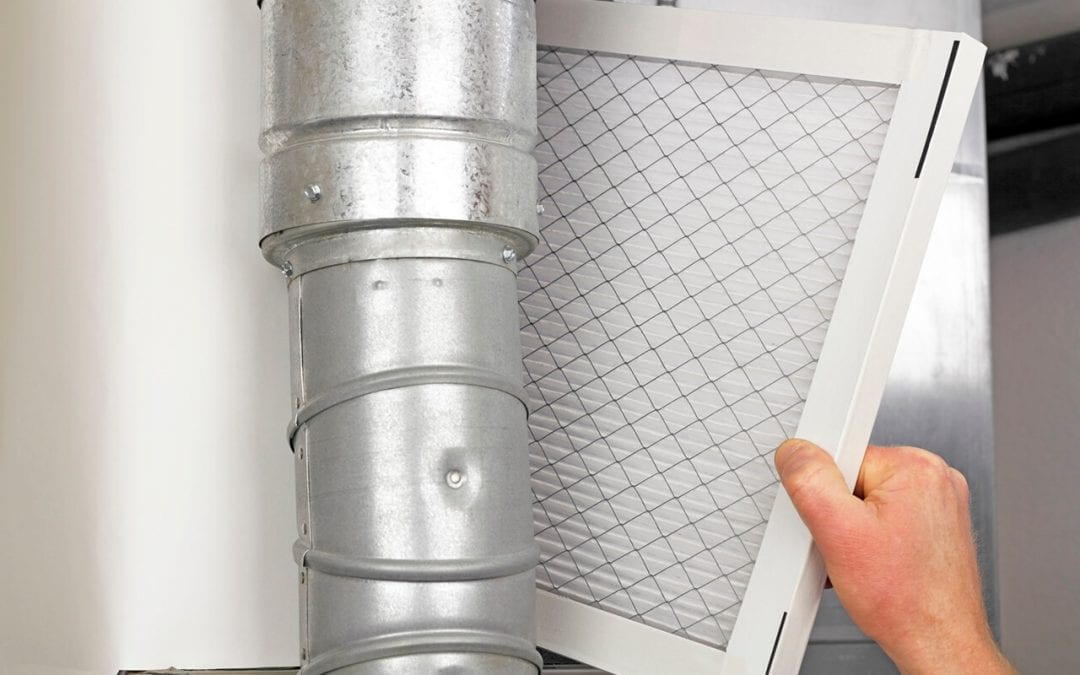
by mwonfor | Jan 16, 2020 | Community, Homeowners, Safe and Healthy Home
Address electrical problems in the home at the first indication of trouble. Ignoring these signs puts your family and home at risk for a house fire. The longer you delay the repair, the more damage can be done. Pay attention to signs of electrical problems and make a call for repairs as soon as you notice any of the below signs.
Flickering Lights are Signs of Electrical Problems in Your Home
Flickering lights are often caused by loose electrical connections. This can occur in a single light fixture or throughout the home. Both concerns need immediate professional attention, although the latter is a more serious sign of an electrical problem.
Hot Outlets
Electrical appliances generate heat when in use, but the outlet itself shouldn’t become hot. If you notice the outlet is warm to the touch, disconnect any cords and call a professional to troubleshoot the problem. Light switch covers follow the same rule, except in the case of dimmer switches which commonly generate some heat.
Aluminum Wiring
Aluminum wiring may comprise part or all of your electrical system. It was commonly used in the 1960s and 1970s when high copper prices caused builders to use aluminum instead. The aluminum oxidizes rapidly, which creates a fire risk in the home. Aluminum is no longer used in residential electrical applications. If you have aluminum wiring in your home, replace the wiring to improve fire safety.
Burning Smell
A burning smell is always a sign of trouble. The smell indicates that plastic sheeting around the wiring is melting. This problem poses a fire risk.
Loose Outlets Can Indicate Electrical Problems in Your Home
Many people notice loose outlets but fail to realize their potential danger. If you plug in an appliance and the outlet moves or the plug falls out, it’s time to make a quick fix. Left in this condition, the outlet will eventually loosen wiring within the walls which requires a more involved repair and increases the risk of fire.
American Home Inspection Services offers home inspection services to Southeast Michigan. If you’re buying or selling a home, contact us to request an appointment.

by mwonfor | Dec 16, 2019 | Community, Homeowners, Mold Inspection, Seasonal
Did you know that the highest levels of humidity in Michigan occur during winter? While you don’t feel the humidity when it is cold, it can still cause mold and mildew in your home. It is important to reduce humidity in the home to prevent these problems. Here are a few ways to lower indoor humidity levels.
Use Ventilation Fans to Reduce Humidity in the Home
Certain activities in the home cause humidity levels to rise. Cooking, bathing, and using some appliances adds moisture to the air. Turn on ventilation fans in the bathrooms, kitchen, and laundry room if you have one there. It is best for these fans to vent to the outdoors. Otherwise, the moisture will just circulate around inside. If the fan is venting into the attic, this is a serious flaw and mold and mildew may become a problem. Have a contractor remedy this by adding a vent pipe out the roof.
Set Up Dehumidifiers
Dehumidifiers are inexpensive and portable devices that bring down the humidity levels in a room. Set dehumidifiers up in rooms that have a water source, especially if there is no ventilation fan. It’s a good rule of thumb to run a dehumidifier in the basement because mold often grows there.
Fix Leaky Plumbing
Unchecked plumbing leaks cause indoor humidity levels to rise. Look around for signs of leaky pipes and have them fixed as soon as possible. Completing these repairs quickly will reduce humidity in the home and prevent water damage and mold.
Reduce Humidity in the Home by Taking Shorter and Cooler Showers
A long, hot shower can make the whole house more humid. If you are committed to keeping humidity levels low, encourage family members to take shorter, cooler showers and practice what you preach. By changing your habits and using a ventilation fan or dehumidifier, you can reduce humidity in the home.
American Home Inspection Services provides home inspections and mold inspections to Southeast Michigan. Contact us to schedule an appointment.

by mwonfor | Nov 15, 2019 | Community, Home Inspection, Home Maintenance, Homeowners
Your septic tank is an important component of your home. Taking proper care of it will save you thousands of dollars in repairs or replacement and promote a safe and healthy living environment. Use these 6 tips to maintain your septic tank.
1. Have Your Septic Tank Serviced
Professionals recommend having your septic system inspected yearly. Use a qualified technician to maintain your septic tank and save all service records and inspection reports. The number of people living in your home, the amount of wastewater generated, and the size of the tank determines how often your septic tank should be pumped.
Experts say the average tank should be pumped every three years or more often if yours uses an electrical float switch, pump, or other mechanical pumps. If your septic system is newer, it may have a filter to prevent solids from entering the drain field. If so, the filter should be cleaned or replaced upon servicing.
2. Protect Your Drain Field
The drain field is the part of your septic system that removes contaminants from the liquids that exit the septic tank. Sometimes called the leach field, it is a shallow, covered excavation in the ground. The drain field will flood if it becomes deluged with wastewater or outside liquid, causing a sewage back-up. Maintain your septic tank with regular pumping to protect the drain field. Don’t park vehicles over your drain field and don’t plant trees nearby. The roots can grow into the septic system and cause damage.
3. Watch What Goes Into Your Septic Tank
Most toilet tissue is designed to break down and dissolve inside the septic tank. Don’t flush items like feminine hygiene products, diapers, paper towels, cigarette butts, cat litter, or dental floss down the toilet. In the kitchen, don’t put coffee grounds or grease into the garbage disposal. In fact, if you have a standalone septic system, it’s best not to have a garbage disposal. Drain openers and other chemicals can damage the septic tank, so choose safer, non-toxic solutions instead.
4. Use Water Wisely
Conserving water helps maintain your septic tank. Avoid excessive washing machine and dishwasher use, running toilets, and leaky faucets. When it’s time to replace appliances, toilets, and showerheads, replace them with energy-efficient models if you don’t already have them. Conserving water will help keep your drain field from flooding and you’ll also save money on your utility bills.
5. Use High-Water Pressure Jetting
Regardless of regular pumping, all septic systems will accumulate solids in the drainpipe that can clog connecting pipes to the drain field. Maintain your septic tank by high-pressure water jetting the drain lines about every five years. This will clear away solids and other debris that could affect efficient operation.
6. Use a Bacteria Additive
Another way to maintain your septic tank is by using a bacteria additive. Organic bacteria will break down unnatural substances such as soaps and detergents that enter your tank. These common household products kill the naturally occurring bacteria that keep your system functioning properly. Bacteria additives are inexpensive and can help keep pipes clean and odor-free.
American Home Inspection Services provides septic inspections and other inspection services to Southeast Michigan. Contact us to schedule your yearly septic inspection.

by mwonfor | Oct 16, 2019 | Community, Home Maintenance, Homeowners
Vacation is an escape from everyday life to get some rest and relaxation. Make sure your vacation is the stress-free adventure that you’ve planned by preparing your home before you leave. The following steps to improve home security will help you to enjoy yourself on vacation knowing that your home is protected.
Home Security While on Vacation: What You Should Know
You’re excited about going on vacation and want everyone to know. However, sharing the news on social media is not the best idea. Never divulge information about your trip such as the destination or the dates of your departure and return. Wait until you’re back home to share pictures and details on social media.
Don’t let your home look empty while you’re away. Stop newspaper and mail delivery until you return. You can also ask a friend to stop by and collect your mail so it won’t pile up. Leave a light or two on in the house. Put lamps and your television on timers to create the illusion that someone is home. Install motion-detecting lights to illuminate the yard or back deck.
So that your home looks occupied, keep your regular appointments with the landscaper and other maintenance services. For an extended vacation, hire a company to handle the chores while you’re away.
An Alarm System Increases Home Security While on Vacation
More than 2.5 million burglaries occur in the U.S. each year. Approximately 66% of these are home burglaries. July and August are the most common times for burglaries to occur since they’re popular for family vacations.
Home alarm systems are affordable and protect you when you’re home or out-of-town. Not only does a monitored alarm system reduce the risk that a burglar will break into your home, but it notifies you and the police department that something is wrong. With an alarm system in place, you enjoy peace of mind and superior protection.
Protect Your Home While You are Away
Give the house a quick inspection before you leave to make certain all of your doors and windows are locked. Taking steps to improve home security requires only a small amount of effort so that you’re prepared for your time away.
American Home Inspection Services offers home inspections in southeast Michigan. Contact us to schedule our services.

by mwonfor | Sep 17, 2019 | Community, Homeowners
When planning to remodel your home, make arrangements for the storage of your furniture and belongings during the process. Renovating your home is rewarding but often messy. Look for easy ways to prepare your belongings to keep them out of the way of workers and prevent damage to them. Storage while remodeling can be simple if you plan ahead.
In-Home Storage While Remodeling
Depending on the size of the remodeling project, you may be able to store your items in your home. Make space in the office or temporarily rearrange the guest bedroom to store furniture. Pack smaller items in plastic totes and store them in various places around the house. Label the plastic boxes clearly so you’ll know where things go after the renovation is complete.
Store Items in the Garage or Basement
If you have the option of parking in the driveway or on the street during the remodel, use your garage for storage. Stack totes of your belongings along the wall. Roll up rugs and stack them out of the way. Keep furniture in the garage where you would normally park your car.
The basement of your home is another option for storage. Clean the area you’ll use for your belongings. If the basement tends to be humid, use a dehumidifier in the space to help protect furniture and other items from mold growth while they’re being stored.
Rent a Storage Container
Some companies rent storage containers that are delivered to your property. A portable storage unit at your home is convenient. Move items on your own schedule and access them whenever you need. Storage containers take up yard or driveway space but could be a better option than off-site storage.
Off-Site Units for Storage While Remodeling
If you have items that you won’t need during your renovation, a storage unit may be the best option. Store your items safely at a storage facility for a monthly fee. Depending on the items going into storage, you may prefer a climate-controlled unit. Facilities that offer on-site security and 24-hour access are a safe and convenient option for storage while remodeling.
American Home Inspection Services provides home inspection services in Southeast Michigan. If you’re buying or selling a property, contact us to request an appointment.

by mwonfor | Aug 19, 2019 | Community, Home Maintenance, Homeowners
Your home is healthier when you maintain a clean environment. There are several different factors that impact air quality indoors. Pollen, dust, pet dander, mold, and chemicals in the air worsen air quality. Poor indoor air is linked to allergies, fatigue, and asthma. Take these steps to improve indoor air quality in your home.
How to Improve the Indoor Air Quality of Your Home
Clean air reduces allergies, headaches, and fatigue. If you are experiencing these symptoms, make these simple improvements.
Regular Cleaning to Improve Indoor Air
One of the main causes of poor air quality is dust, so it’s important to keep the whole home clean. Sweeping, mopping, and vacuuming on a regular basis will reduce the number of pollutants in your indoor air. Regularly launder bedding and drapes and dust your home weekly.
Change Your Filters for Better Air Quality
If your HVAC system uses forced air to heat or cool your home, change the filters on a regular basis to improve air quality. Filters collect dust and other particles, but they eventually get clogged and reduce the efficiency of your system.
Purchase an Air Purifier
An air purifier in your home is an easy way to reduce allergens in the air. While a purifier may not remove all irritants, it will reduce the level of pollutants in the air.
Improve Indoor Air Quality by Opening Windows
Open your windows for at least 15 minutes a day so fresh air can circulate through your house to improve your air quality. When cooking or showering, use exhaust fans to lower humidity and remove contaminants from your home.
Choose Purifying Plants
Houseplants improve indoor air quality by removing pollutants from the air. Add air-purifying plants to your home environment.
Good air quality in your home is essential for your family’s health. Improve indoor air quality and you will begin to notice a difference in how you feel.
American Home Inspection Services offers home inspection services to Southeast Michigan. If you’re buying or selling a property, contact us to schedule a home inspection.






